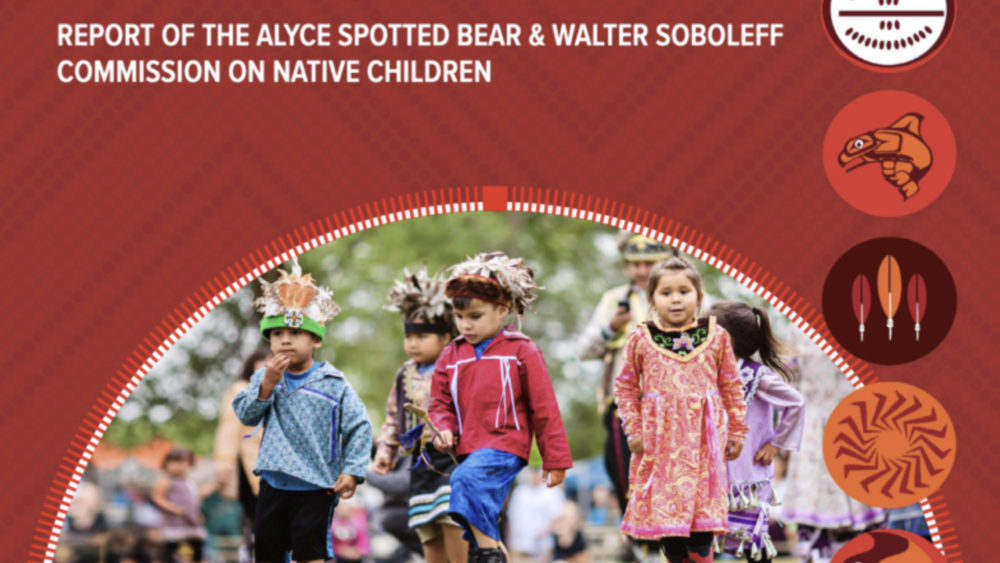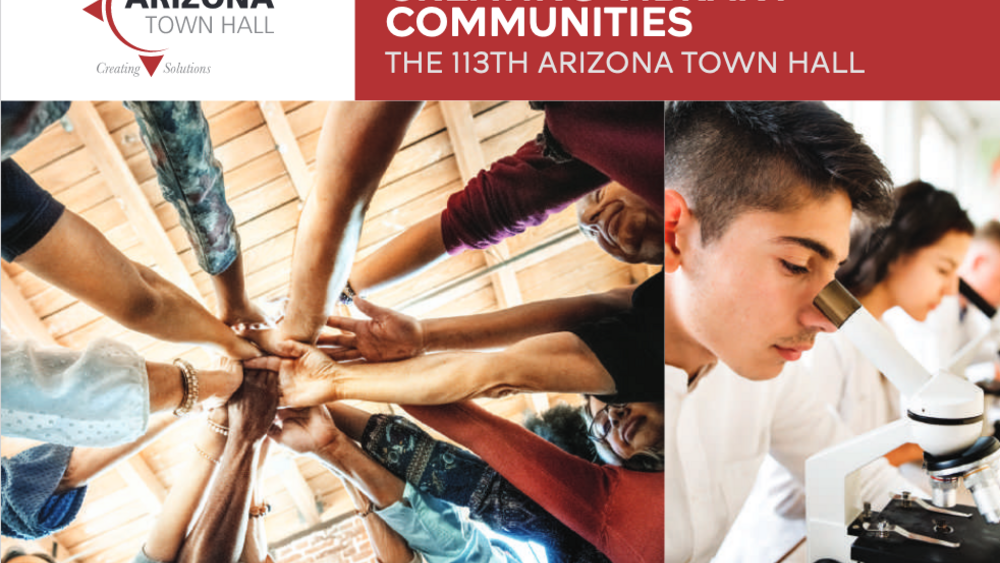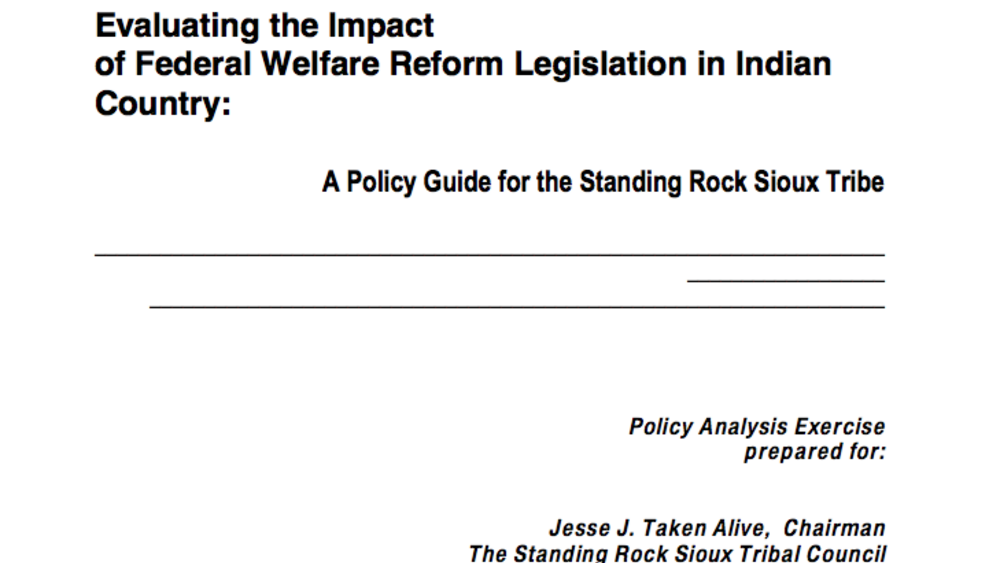Indigenous Governance Database
Field Reports

The Way Forward: Report of the Commission on Native Children
Congress created the independent Alyce Spotted Bear and Walter Soboleff Commission on Native Children in 2016 to conduct a comprehensive study of the programs, grants, and supports available to American Indians, Alaska Natives, and Native Hawaiians from birth through age 24 and with making…

The Role of Tribes and Tribal Relations in Creating a More Vibrant Arizona (Chapter in The 113th Arizona Town Hall's "Creating Vibrant Communities")
Arizona’s rich history begins with its Native inhabitants. Since time immemorial, Native Peoples built their own vibrant communities in the region’s river valleys, high deserts, mountains, and forests. Western archeologists affirm this long occupancy; they document ancestral Puebloan, Sinagua,…

Evaluating the Impact of Federal Welfare Reform Legislation in Indian Country: A Policy for the Standing Rock Sioux Tribe
This report should serve as a policy guide to help clarify the complexities of the Personal Responsibility Act for tribal government officials, particularly those in Standing Rock. The guide seeks to: 1) describe and evaluate the Personal Responsibility Act and the provisions that impact Indian…
